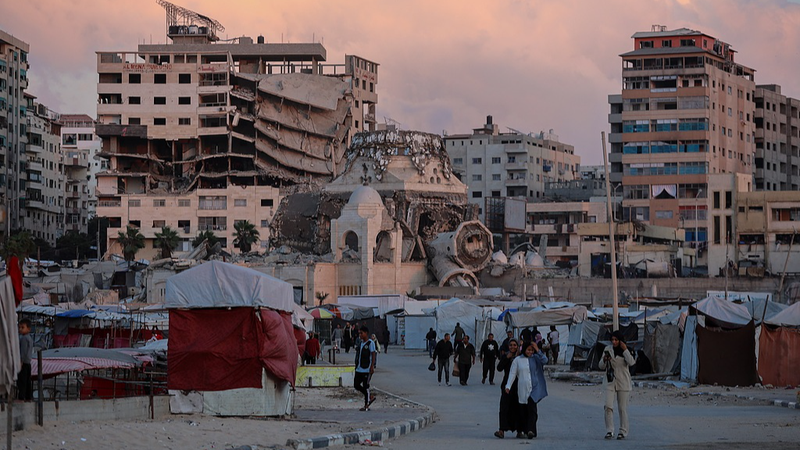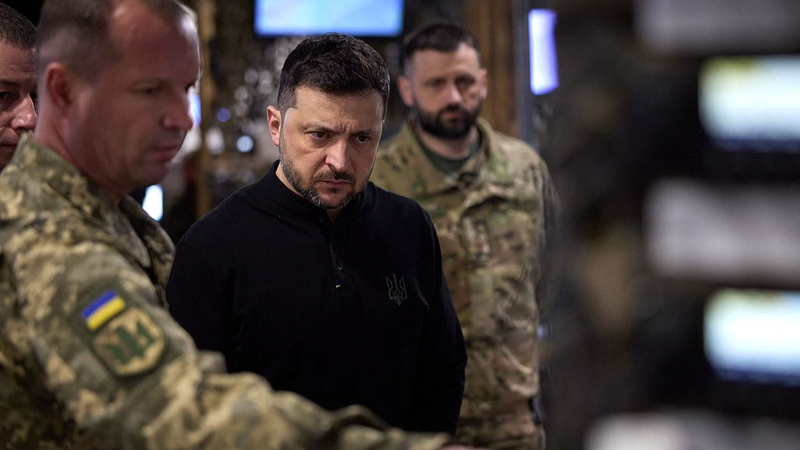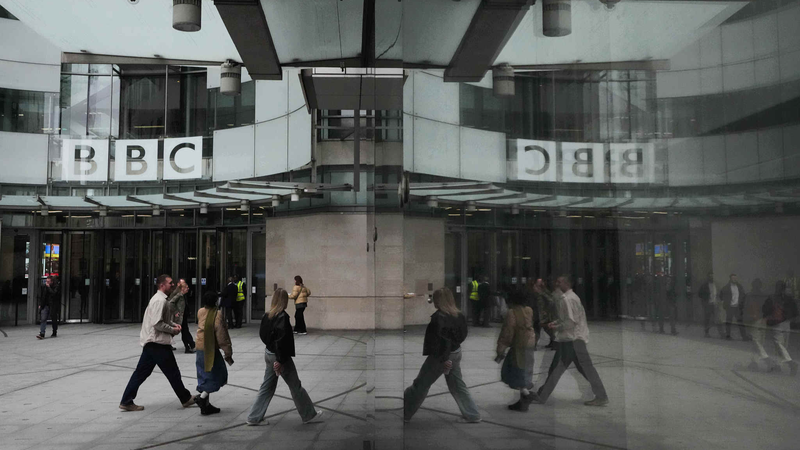U.S. presses UN for peace plan endorsement
On November 13, 2025, the United States urged the United Nations Security Council to unite behind a draft resolution endorsing President Donald Trump’s Gaza peace plan. U.S. diplomats warn that without backing the proposal, Palestinians could face “grave” consequences.
Ceasefire progress and fragility
Since the first-phase ceasefire took effect in October, there has been measurable progress: Hamas has returned the remains of 24 hostages to Israel, and Israel paused large-scale military operations. On Thursday night, another set of remains was transferred via the Red Cross, while Hamas still holds three bodies required to be returned.
Despite these developments, tensions remain. Both sides accuse each other of ceasefire violations, and analysts caution that the initial agreement offers only temporary relief. Lasting peace hinges on the second phase of talks, which must address the disarmament of Hamas and the withdrawal of Israeli forces.
Key elements of the new draft
Last week, Council members began debating the U.S. draft, which proposes a Board of Peace to govern Gaza until the end of 2027. The resolution also calls for an International Stabilization Force (ISF), co-led by Israel and Egypt alongside newly trained Palestinian police, to secure borders, protect civilians, and oversee the decommissioning of weapons.
For the first time, the text references a potential pathway to a future Palestinian state. Once the Palestinian Authority implements key reforms and Gaza’s rebuilding is underway, the resolution suggests that conditions may be ripe for “a credible pathway to Palestinian self-determination and statehood.”
Diplomatic hurdles ahead
Diplomats have raised questions about oversight, the ISF’s exact mandate, and the role of the Palestinian Authority in the transition. U.S. Secretary of State Marco Rubio expressed optimism, stating that “we’re making good progress on the language” and expect a vote soon.
As the global community watches, the Council’s decision could reshape Middle East dynamics, offering young global citizens, business leaders, and changemakers a tangible blueprint for conflict resolution. For now, the world awaits the Security Council’s next move.
Reference(s):
cgtn.com




